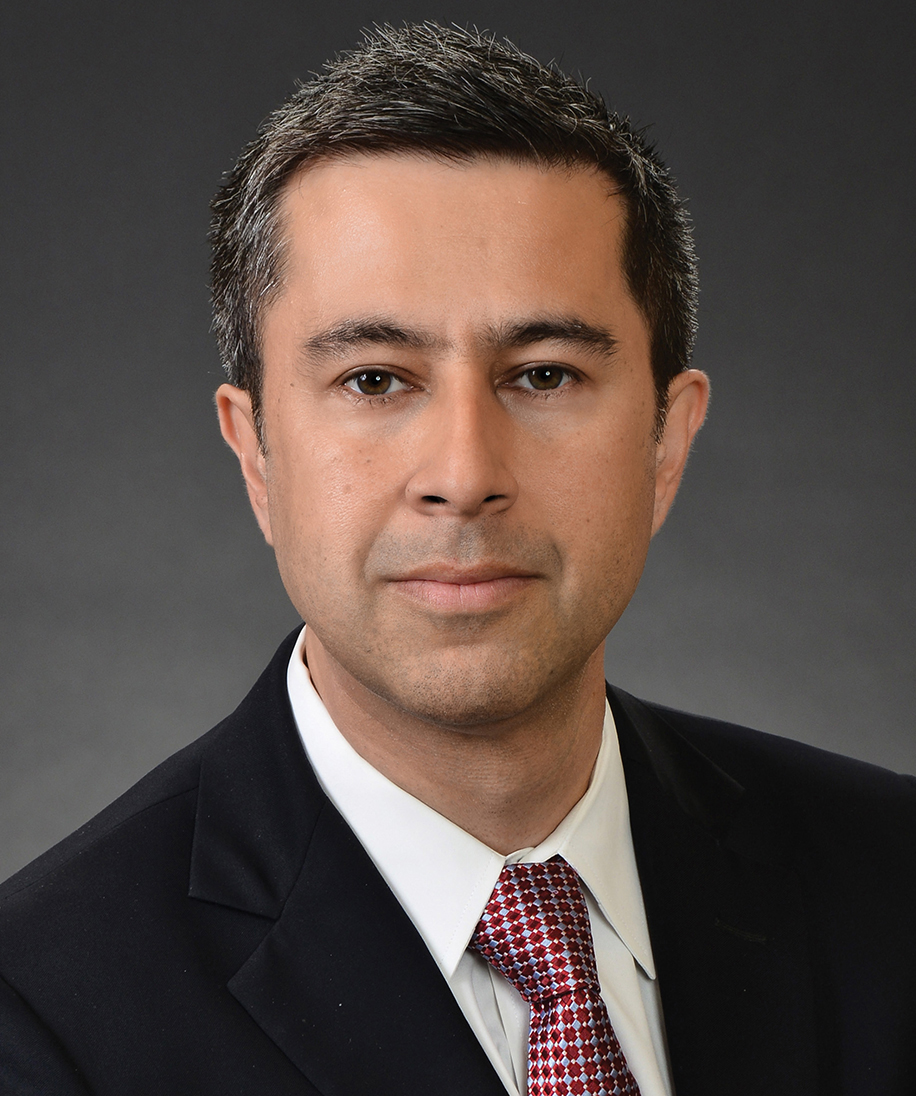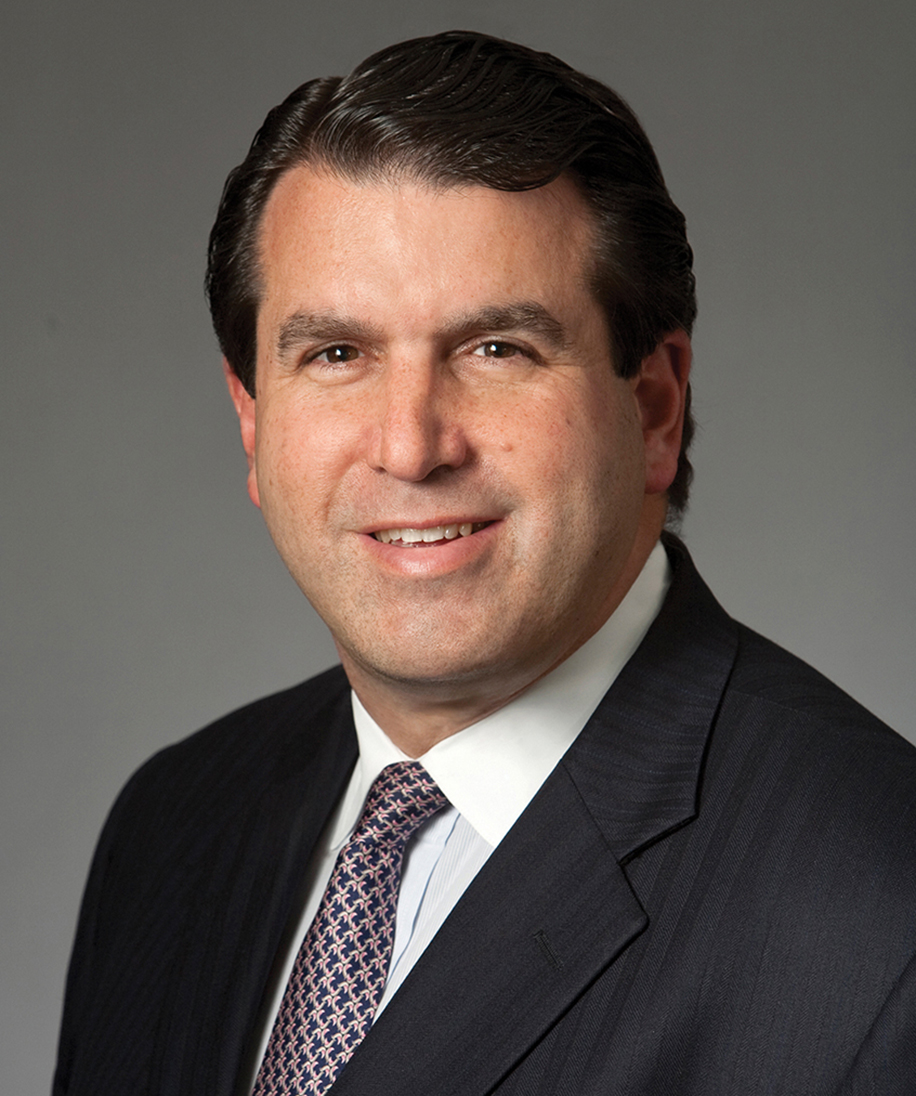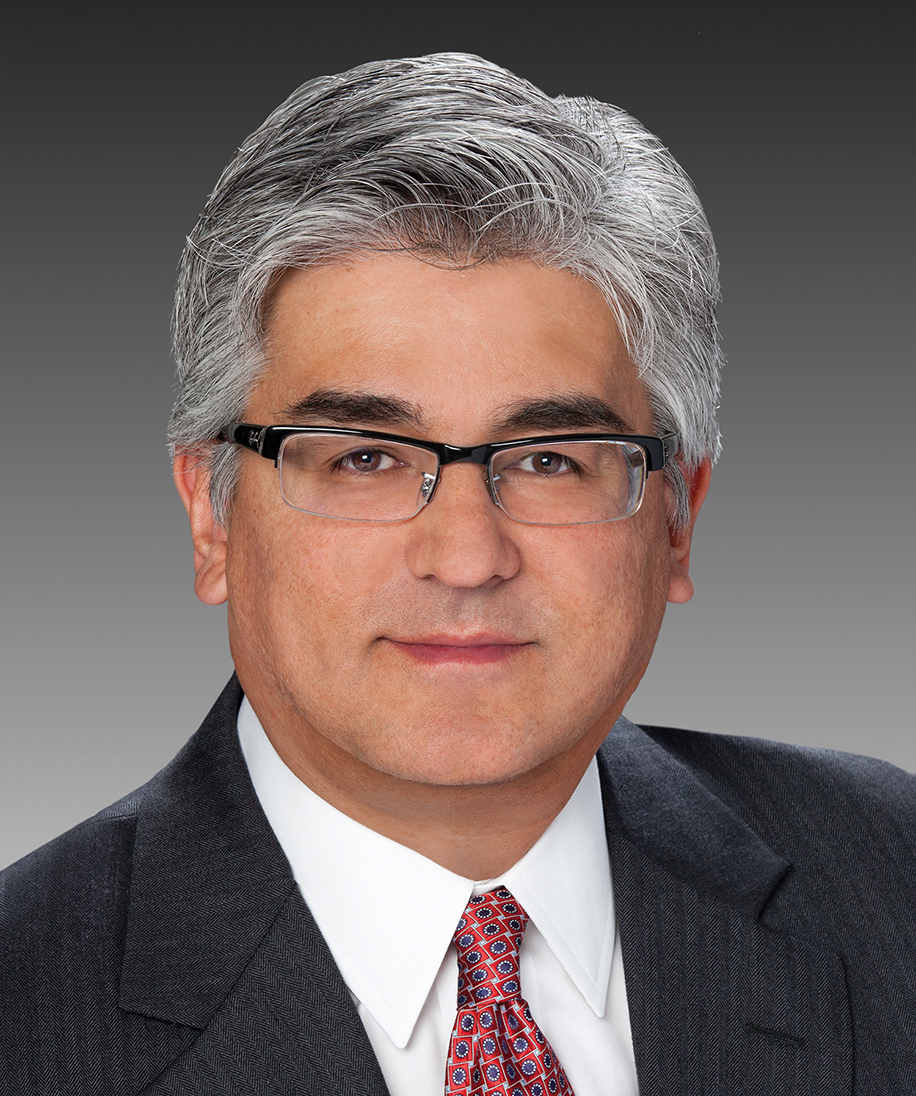Client Alert
SEC Adopts New Rule for Fund of Funds Arrangements
October 20, 2020
Introduction
On October 7, 2020, the Securities and Exchange Commission (the “SEC”) voted to adopt Rule 12d1-4[1] (the “Final Rule”) under the Investment Company Act of 1940, as amended (the “1940 Act”) and related amendments to simplify and update the regulatory framework for “fund of funds” arrangements. Rule 12d1-4 will allow a registered investment company or a business development company (“BDC”) (“acquiring fund”) to acquire shares of any other registered investment company or BDC (“acquired fund”) in excess of the limitations currently imposed by the 1940 Act without obtaining individual exemptive relief from the SEC, subject to certain conditions.
In connection with the Final Rule, the SEC is rescinding Rule 12d1-2 and most exemptive orders granting relief from Sections 12(d)(1)(A), (B), (C) and (G) of the 1940 Act. The SEC also amended Rule 12d1-1 to permit funds to continue to invest in money market funds outside of the same group of investment companies. Additionally, the SEC has amended Form N-CEN to require funds to report whether they relied on Rule 12d1-4 or the exception under Section 12(d)(1)(G) of the 1940 Act during the relevant reporting period.
The Final Rule will also provide an exemption from the prohibition in Section 17(a) of the 1940 Act on certain affiliated transactions.
The Final Rule and related amendments will go into effect 60 days after publication in the Federal Register. The compliance date for the amendments to Form N-CEN will be 425 days after publication in the Federal Register. The rescission of Rule 12d1-2 and the existing exemptive orders will be effective one year after the effective date of Rule 12d1-4.
Background
Section 12(d)(1) of the 1940 Act places limits on the investments that funds may make in other funds. Specifically, Section 12(d)(1)(A) prohibits a registered fund from: (i) acquiring more than 3% of another fund’s outstanding voting securities; (ii) investing more than 5% of its total assets in any one fund; or (iii) investing more than 10% of its total assets in funds generally. However, over the years, the SEC has adopted rules and issued many exemptive orders permitting fund of funds arrangements in excess of these limits. The various statutory exemptions, exemptive rules and exemptive orders have resulted in a regulatory regime whereby similarly managed funds of funds operate subject to differing conditions. In adopting Rule 12d1-4, the SEC is seeking to harmonize the conditions under which funds of funds operate.
The changes were initially proposed on December 19, 2018 (the “Proposed Rule”).[2] The SEC received more than 100 comment letters on the Proposed Rule. Following the comment period, the SEC decided to adopt the Final Rule 12d1-4 with “modifications designed to increase the workability of the Rule’s requirements, while enhancing protections for investors in fund of funds arrangements.”[3]
Final Rule 12d1-4
Final Rule 12d1-4 will permit an acquiring fund to acquire the securities of acquired funds in excess of the limits set forth in Section 12(d)(1) of the 1940 Act, subject to the following conditions:
Control. Rule 12d1-4 will prohibit an acquiring fund and its “advisory group”[4] from controlling an acquired fund, except in certain limited circumstances.
Voting. Rule 12d1-4 will require an acquiring fund and its advisory group to use mirror voting if (i) it holds more than 25% of an acquired open-end fund or unit investment trust (“UIT”) due to a decrease in the outstanding securities of the acquired fund or (ii) it holds more than 10% of a closed-end fund, with the ability to use pass-through voting when acquiring funds are the only shareholders of an acquired fund.
Required Findings. Rule 12d1-4 will require investment advisers to acquiring and acquired funds that are management companies to make certain findings regarding the fund of funds arrangement, after considering specific factors. An acquired fund’s investment adviser will be required to assess, at minimum, the following factors to make a finding that any undue influence concerns associated with an investment by acquiring funds are reasonably addressed:
The scale of contemplated investments by the acquiring fund and any maximum investment limits;
The anticipated timing of redemption requests by the acquiring fund;
Whether and under what circumstances the acquiring fund will provide advance notification of investments and redemptions; and
The circumstances under which the acquired fund may elect to satisfy redemption requests in kind rather than in cash and the terms of any such redemptions in kind.
An acquiring fund’s investment adviser will also be required to make a finding that the acquiring fund’s fees and expenses do not duplicate the fees and expenses of the acquired fund, based on an evaluation of the complexity of the structure and the fees and expenses associated with the acquiring fund’s investment in the acquired fund. These findings must be made prior to investment by an acquiring fund in an acquired fund in reliance on Rule 12d1‑4. Further, the investment adviser to an acquiring fund will be required to report on its evaluation and finding to the board of directors of the acquiring fund.
The Final Rule also will require certain findings with respect to UITs and separate accounts funding variable insurance contracts, taking into account the unique structural characteristics of such entities.
Fund of Funds Investment Agreement. Rule 12d1-4 will require funds that do not have the same investment adviser to enter into an agreement prior to the purchase of acquired fund shares in excess of section 12(d)(1)’s limits.
Complex Structures. Rule 12d1-4 will impose a general three-tier prohibition with certain enumerated exceptions. However, in addition to these exceptions, the rule will allow an acquired fund to invest up to 10% of its total assets in other funds (including private funds), without regard to the purpose of the investment or types of underlying funds.
The rule will create a consistent framework for fund of funds arrangements to replace the existing approach, which depends on the SEC’s exemptive orders and varies based on an acquiring fund’s type. Open-end funds, closed-end funds (including BDCs), UITs, exchange-traded funds (“ETFs”) and exchange-traded managed funds (“ETMFs”) will all be able to rely on Rule 12d1-4 as both acquiring and acquired funds.[5] In addition, the Rule will allow the SEC, funds and advisers seeking exemptive relief to focus exemptive order review resources on novel products and arrangements. SEC Chairman Jay Clayton stated that “[t]he framework adopted . . . will provide flexibility to fund managers to allocate and structure investments efficiently, without the costs and delays of seeking individualized exemptive orders, as long as the arrangements satisfy a number of conditions designed to enhance investor protection.”[6]
Rescission of Current Rules, Exemptive Orders, and Staff Guidance
The SEC is rescinding Rule 12d1-2 in accordance with this new rule. Rule 12d1-2 had codified three types of relief for funds of funds that had not conformed to Section 12(d)(1) limits, including the ability to (a) acquire the securities of other funds that are not part of the same group of investment companies; (b) invest directly in stocks, bonds, and other securities; and (c) acquire the securities of money market funds in reliance on Rule 12d1-1. Certain staff no-action letters relating to Section 12(d)(2) will also be withdrawn.
However, the SEC is not rescinding any exemptive orders that fall outside of the scope of this Final Rule, nor any portions of orders that are outside the scope of the Final Rule (even if the rest of the exemptive order is rescinded). The SEC staff will also withdraw its no-action letters stating that enforcement action will not be taken with respect to noncompliance with Section 12(d)(1). The rescission of Rule 12d1-2, the exemptive orders, and the no-action letters will become effective one year from the effective date of the Final Rule.
Exemption to Section 17(a)
Absent an exemption, under Section 17(a) a fund that holds 5% or more of an acquired fund’s securities would be prohibited from making any additional follow-on investments in the acquired fund.
The adopted rule and amendments will allow fund of funds arrangements when the acquiring fund is in the same group of investment companies as the acquired fund or the acquiring fund’s investment sub-adviser or any person controlling, controlled by, or under common control with such investment sub-adviser acts as the acquired fund’s investment adviser. These exceptions to Section 17(a) are limited in scope to those necessary for a fund of funds to operate under the Final Rule and are consistent with exemptive relief that had been issued by the SEC in other scenarios related to Section 17(a).
As adopted, the Final Rule will provide exemptions from Section 17(a) with regard to the deposit and receipt of baskets by an acquiring fund that is an affiliated person of an ETF (or who is an affiliated person of such a person) solely by reason of holding with the power to vote 5% or more of the ETF’s shares or holding with the power to vote 5% or more of any investment company that is an affiliated person of the ETF. Consistent with exemptive orders regarding ETF applicants, the exemption will not be available where the ETF is in turn an affiliated person of the acquiring fund, or an affiliated person of such person, for a reason other than such power to vote.
Amendments to Form N-CEN and Form N-1A
Form N-CEN requires registered investment companies to annually report to the SEC certain census-type information on a wide range of compliance, risk assessment, and policy related matters in a structured data format. The SEC is amending Form N-CEN to require funds to report whether they relied on Rule 12d1-4 or Section 12(d)(1)(G) during the applicable reporting period.
In addition, open-end funds that invest 10% or less of their total assets in acquired funds may omit Acquired Fund Fees and Expenses from their bottom line expenses in Form N-1A fee tables, and disclose this amount in a footnote to the table instead.
[1] Fund of Funds Arrangements, Investment Company Act Release No. 33-10871 (Oct. 7, 2020) (“Final Rule”).
[2] Fund of Funds Arrangements, Investment Company Act Release No. 10590 (Dec. 19, 2018) [84 FR 1286 (Feb 1, 2019)].
[3] Final Rule, 4.
[4] An “advisory group” is defined in Rule 12d1-4 as “(1) An acquiring fund’s investment adviser or depositor, and any person controlling, controlled by, or under common control with such investment adviser or depositor; or (2) An acquiring fund’s investment sub-adviser and any person controlling, controlled by, or under common control with such investment sub-adviser.”
[5] The Final Rule will not permit private funds and unregistered investment companies, such as foreign funds, to rely on the rule as acquiring funds.
[6] SEC Updates Regulatory Framework for Fund of Funds Arrangements, Oct. 7, 2020, https://www.sec.gov/news/press-release/2020-247.
Contributors




Practice Areas
For More Information



